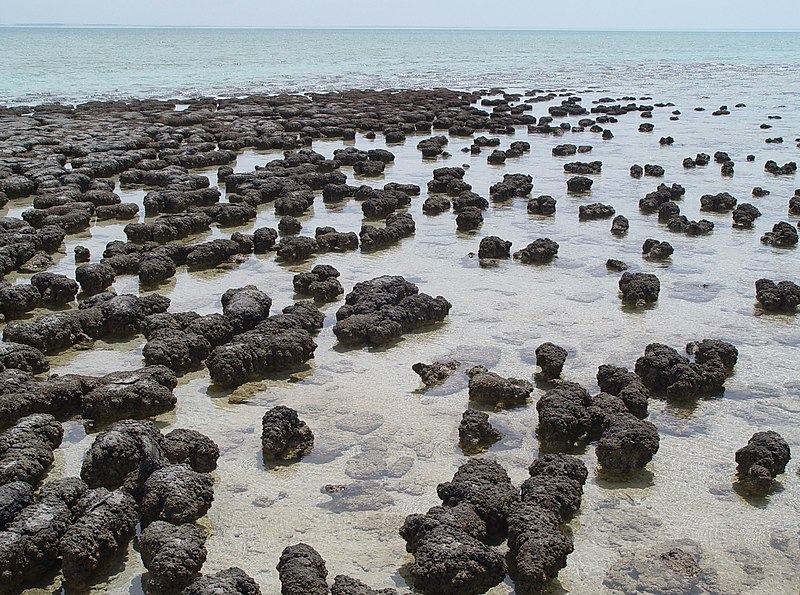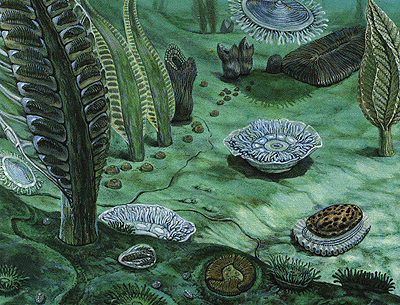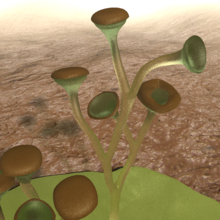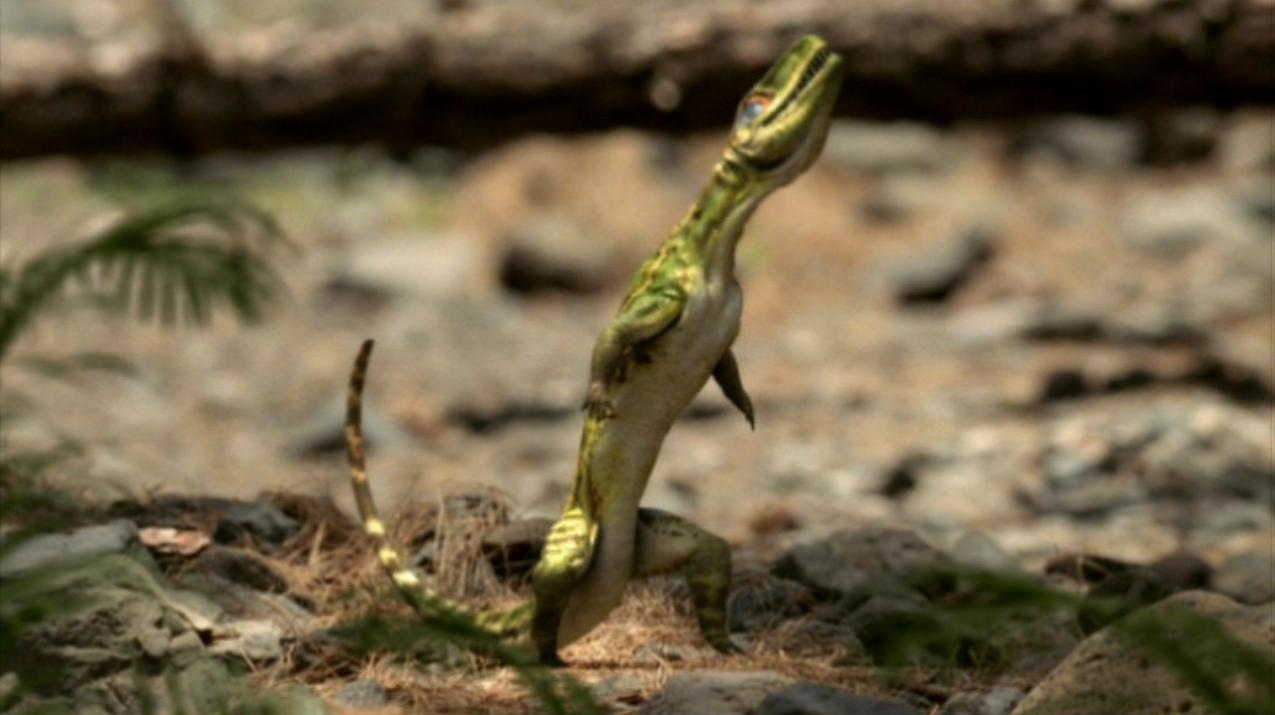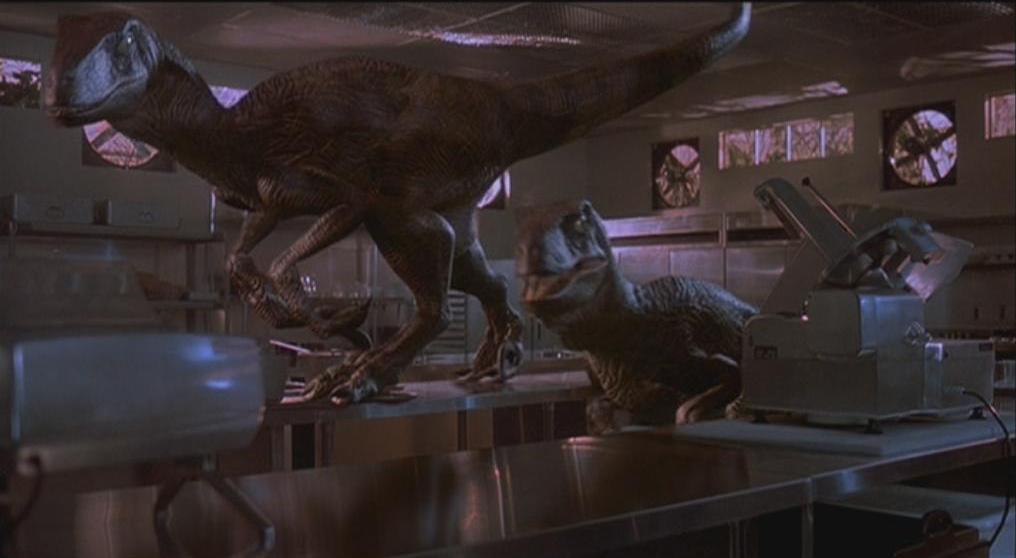
In the last JP post, I examined the possibility of cloning a dinosaur. While that is a hypothetical and somewhat fanciful idea, it at least gets people, average Joe Bloggs and scientists alike, to discuss interesting ideas. However, there are other issues raised by the movies that have not resulted in such civil conversations. Today, we'll look at the main controversies surrounding the raptors (or, to use their proper name the Dromaeosaurids): their identity, size, presence of feathers, intelligence and their wrist positions.

(Velociraptor)
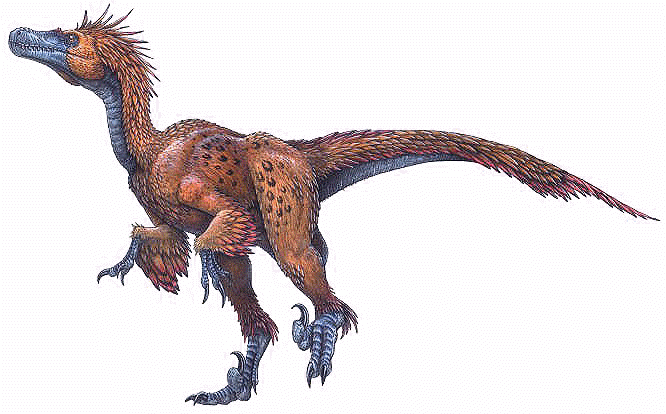

(Velociraptor)
Officially, the raptors that appear in the various Jurassic Park media are Velociraptor (Osborn, 1924). However, at the time the movie was being made, there was a view that Velociraptor was the same genus as its much larger, North American cousin Deinonychus (Ostrom, 1969; Paul, 1988), leading some to believe the raptors are actually Deinonychus, further explaining why Dr. Grant identifies the fossil at the beginning of the movie as Velociraptor, despite being in the US (Velociraptor is from Mongolia). Others on the internet, believe that because the raptors in the movie are still too big to be Deinonychus (we'll be looking at size later), they could very well be based on Deinonychus' larger relative Achillobator (Perle et al., 1999) (although being named in 1999, the fossil was known since 1989). The fourth, and in my opinion least likely, interpretation, is that they are of Utahraptor (Kirkland et al., 1993). I personally believe that they were large Deinonychus (in disguise as Velociraptor).

(Deinonychus)
The next issue, and the one that gets argued about the most, is how big the raptors were. The raptors in the movie are depicted as being 3-4 m long and about 2 m high. Comparing this with the four candidates, Velociraptor was 2.07 m long and 50 cm high at the hip (Paul, 1988). Clearly, it is much too small. Deinonychus was a bit bigger, being 3.4 m long and 87 cm high at the hip (Paul, 1988). Closer to the JP raptors, but still being a bit small. Achillobator was bigger still, being nearly 6 m long (Holtz, 2010), nearly twice the size of the raptors in JP. Finally, Utahraptor was a true giant, measuring at least 7 m long (Kirkland et al., 1993) and with some potential specimens being 11 m long (Britt et al., 2001) - nearly 3 times the size of the JP raptors! (now you see why I consider Utahraptor to be very unlikely). Based on size, a large Deinonychus is the most likely.


(Achillobator)
In Jurassic Park III, the raptors are depicted as having feathers. Were the film-makers right and, if so, why don't the raptors in JP1 & 2 have feathers? The first evidence that Velociraptor had feathers came in 2007 in the form of little pits found in the forearm of a Velociraptor skeleton. These were interpreted as being attachment points for feathers (Turner et al., 2007). While this discovery was made 6 years after JP3, at the time, a number of Velociraptor's relatives were known to be feathered and therefore it was pretty likely Velociraptor was as well. In contrast, when JP1 & 2 were being made, only a small handful of dinosaurs were believed to be feathered and most of them were only tenuous suggestions with the first definite feather remains being discovered in 1996 (Sinosauropteryx, (Ji and Ji, 1996)), the year before JP2. Therefore, the movies reflect the current scientific opinions of the time.

See also:
More dinosaurs
More Jurassic Park

(Utahraptor)
The next issue is also one that highlights the differences between JP3 and JP1 & 2. In JP3 the raptors are depicted as being highly intelligent, even being able to set traps. In contrast, the raptors from JP1 & 2 were more bestial and instinctive. So which version is the more accurate one? The problem with intelligence, is that there is no reliable way of measuring it. But given that raptors are closely related to birds, they probably were quite intelligent, though not as intelligent as depicted in JP3, however.


(Sinosauropteryx)
The final issue I want to address is something that a lot of non-technical works get wrong. Whenever theropods are depicted in movies or documentaries, they are nearly always shown with their hands facing downwards or towards the body. This, however, is wrong. In fact, their hands would have faced each other because theropods lacked the muscles in their forearms that would enable them to rotate their hands. Additional evidence for this comes from an Early Jurassic resting trace from Utah in which the hand prints were preserved leaning on their side rather than on their palms (Milner et al., 2009).
Overall, I think we can all agree that the raptors in Jurassic Park are not completely accurate. But then again, it wasn't the film makers' intention to create a genuine experience. They just wanted to make an entertaining movie and hell of a lot of money (which they succeeded at). Therefore, I think the best way to proceed is to be content with the idea that while the raptors were based on various Dromaeosaurids, they are an entirely fictional entity. My next JP post will look at the Dilophosaurus, which causes even more arguments than the raptors do. Next time, we'll take a closer look at the anatomy of various dinosaurs, starting with their heads.
Overall, I think we can all agree that the raptors in Jurassic Park are not completely accurate. But then again, it wasn't the film makers' intention to create a genuine experience. They just wanted to make an entertaining movie and hell of a lot of money (which they succeeded at). Therefore, I think the best way to proceed is to be content with the idea that while the raptors were based on various Dromaeosaurids, they are an entirely fictional entity. My next JP post will look at the Dilophosaurus, which causes even more arguments than the raptors do. Next time, we'll take a closer look at the anatomy of various dinosaurs, starting with their heads.
See also:
More dinosaurs
More Jurassic Park
References
Britt, B., Chure, D., Stadtman, K., Madsen, J., Scheetz, R. and Burge, D. (2001) 'New osteological data and the affinities of Utahraptor from the Cedar Mountain Fm (Early Cretaceous of Utah)', Journal of Vertebrate Paleontology, 21 (3), p. 36A
Britt, B., Chure, D., Stadtman, K., Madsen, J., Scheetz, R. and Burge, D. (2001) 'New osteological data and the affinities of Utahraptor from the Cedar Mountain Fm (Early Cretaceous of Utah)', Journal of Vertebrate Paleontology, 21 (3), p. 36A
Holtz, T. (2010) Dinosaurs: The Most Complete Up-to-Date Encyclopedia for Dinosaur Lovers of All Ages, New York: Random House
Kirkland, J., Burge, D. and Gaston, R. (1993) 'A large dromaeosaur (Theropoda) from the Lower Cretaceous of eastern Utah', Hunteria, 2 (10), pp. 1-16
Milner, A., Harris, J., Lockley, M., Kirkland, J. and Matthews, N. (2009) 'Bird-like Anatomy, Posture and Behavior Revealed by an Early Jurassic Theropod Dinosaur Resting Trace', PLoS One, http://www.plosone.org/article/info%3Adoi%2F10.1371%2Fjournal.pone.0004591
Ji, Q. and Ji, S. (1996) 'On discovery of the earliest bird fossil in China and the origin of birds', Chinese Geology, 10 (233), pp. 30-33
Kirkland, J., Burge, D. and Gaston, R. (1993) 'A large dromaeosaur (Theropoda) from the Lower Cretaceous of eastern Utah', Hunteria, 2 (10), pp. 1-16
Milner, A., Harris, J., Lockley, M., Kirkland, J. and Matthews, N. (2009) 'Bird-like Anatomy, Posture and Behavior Revealed by an Early Jurassic Theropod Dinosaur Resting Trace', PLoS One, http://www.plosone.org/article/info%3Adoi%2F10.1371%2Fjournal.pone.0004591
Ji, Q. and Ji, S. (1996) 'On discovery of the earliest bird fossil in China and the origin of birds', Chinese Geology, 10 (233), pp. 30-33
Osborn, H. (1924) 'Three new Theropoda, Protoceratops zone, central Mongolia', American Museum Novitates, 144, p. 1-12
Ostrom, J. (1969) 'Osteology of Deinonychus antirrhopus, an unusual theropod from the Lower Cretaceous of Montana', Bulletin of the Peabody Museum of Natural History, 30, pp. 1-165
Paul, G. (1988) Predatory Dinosaurs of the World: A Complete Illustrated Guide, New York: Simon & Schuster
Perle, A., Norell, M. and Clark, J. (1999) 'A new maniraptoran theropod - Achillobator giganticus (Dromaeosauridae) - from the Upper Cretaceous of Burkhant, Mongolia', Contributions of the Mongolian-American Paleontological Project,, 101, p. 1-105
Turner, A., Makovicky, P. and Norell, M. (2007) 'Feather Quill Knobs in the Dinosaur Velociraptor', Science, 317 (5845), p. 1721
Turner, A., Makovicky, P. and Norell, M. (2007) 'Feather Quill Knobs in the Dinosaur Velociraptor', Science, 317 (5845), p. 1721

